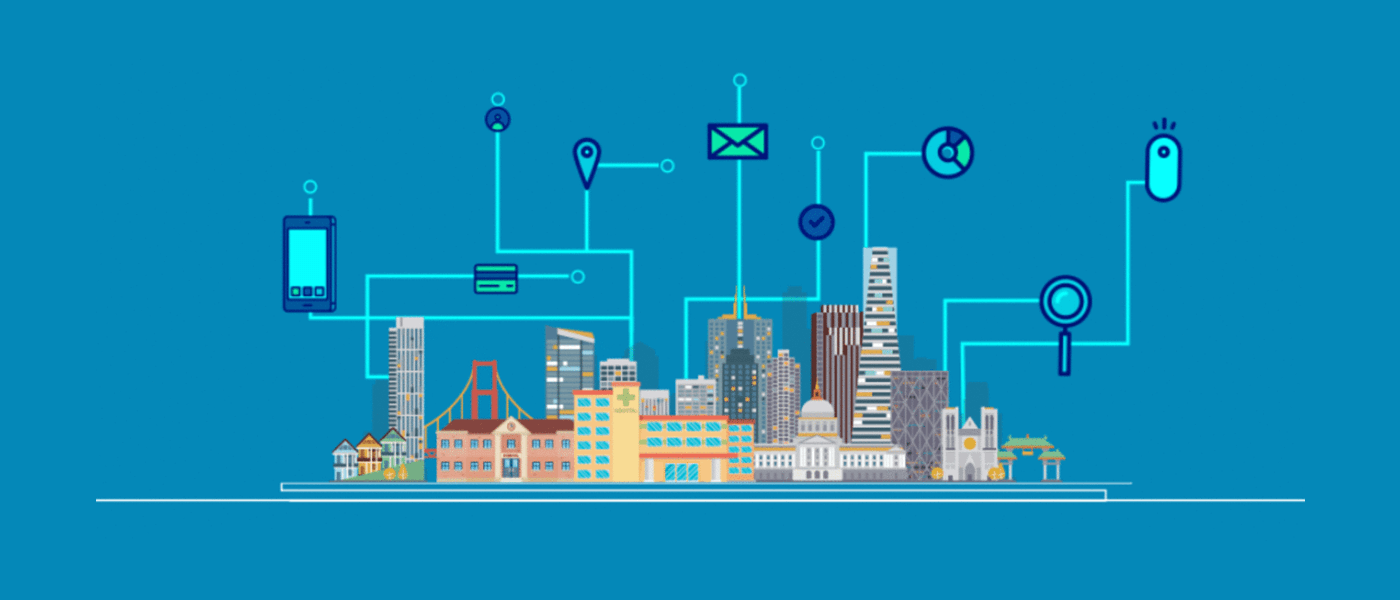Smart Cities
Building Tomorrow’s Connected Future – Today
August 31, 2018
Share Article:
These days, everyone is talking about the connected future: smart cities, driverless cars, advanced telemedicine, virtual classrooms, and everything in between that will require the next generation of connectivity.
But building a future of ubiquitous connectivity isn’t just an aspiration – it’s a goal that Charter is working to achieve. This is how:
We have invested more than $27 billion in technology and infrastructure since 2014, building out our network in communities across the country; in big cities, small towns, and rural areas some of which never have had broadband before.
These investments prepare our network for the bandwidth needs of the future. It has already enabled us to offer the fastest starting broadband speeds of 200 Mbps in 40% of our footprint and 100 Mbps in nearly 60%, introduce the next generation WiFi router and trial 4G LTE and 5G wireless access technologies. Ultrafast WiFi combined with innovative wireless access technologies, all powered by a high capacity, high compute, low latency broadband infrastructure will enable Charter to deliver wired and wireless connectivity to our customers wherever they are and on any device.
In short, Charter is laying the foundation of tomorrow’s connected future, today.
Enhanced WiFi
Charter is currently deploying WiFi devices that enable speeds approaching 1 Gigabit. We recently announced plans to introduce a new router featuring the next generation wireless standard that increases WiFi speeds and improves coverage in the home, allows for the use of more connected devices at the same time and better battery life for those devices, and improves WiFi coverage in the home.
Mobile
Spectrum Mobile combines our pervasive indoor and outdoor WiFi network with Verizon’s cellular network to offer new and existing customers the best speeds with the best devices at the best value in the market. The next step in our mobile evolution will be to deploy LTE licensed small cells and then 4G LTE and 5G wireless access technologies – which we are currently testing in extensive trials in markets around the country – and integrate them with our existing infrastructure to improve our wireless products.
Fixed Wireless
We have been exploring how 5G and other new wireless technologies can be used to deliver significantly improved broadband services to homes and businesses small and large. We have been conducting tests using millimeter wave spectrum, (28 GHz) to inform how we can use this high-band 5G spectrum in conjunction with our fiber network to cost-effectively deliver 5G services to homes and businesses for things like multiplayer AR/VR interactive gaming, multiple simultaneous 4K- quality video streaming and other applications that require bandwidth and low latency.
We have also been testing fixed wireless technologies using 3.5 GHz spectrum. We believe this lower-frequency spectrum could be used to extend the reach of our network and provide cost-effective, wireline-like connectivity to less densely populated areas. Results of these trials have been promising; we’re seeing speeds that significantly exceed the FCC’s definition of high speed broadband in most circumstances, allowing for video streaming and the use of multiple apps simultaneously.
